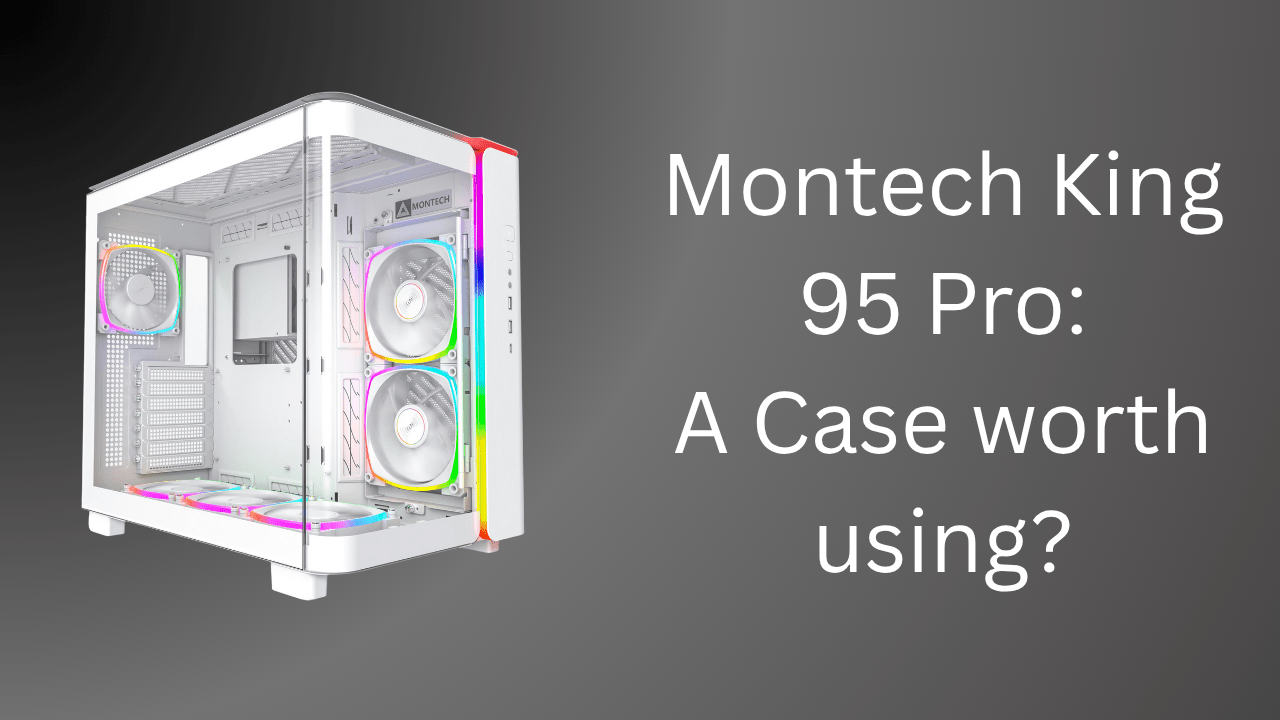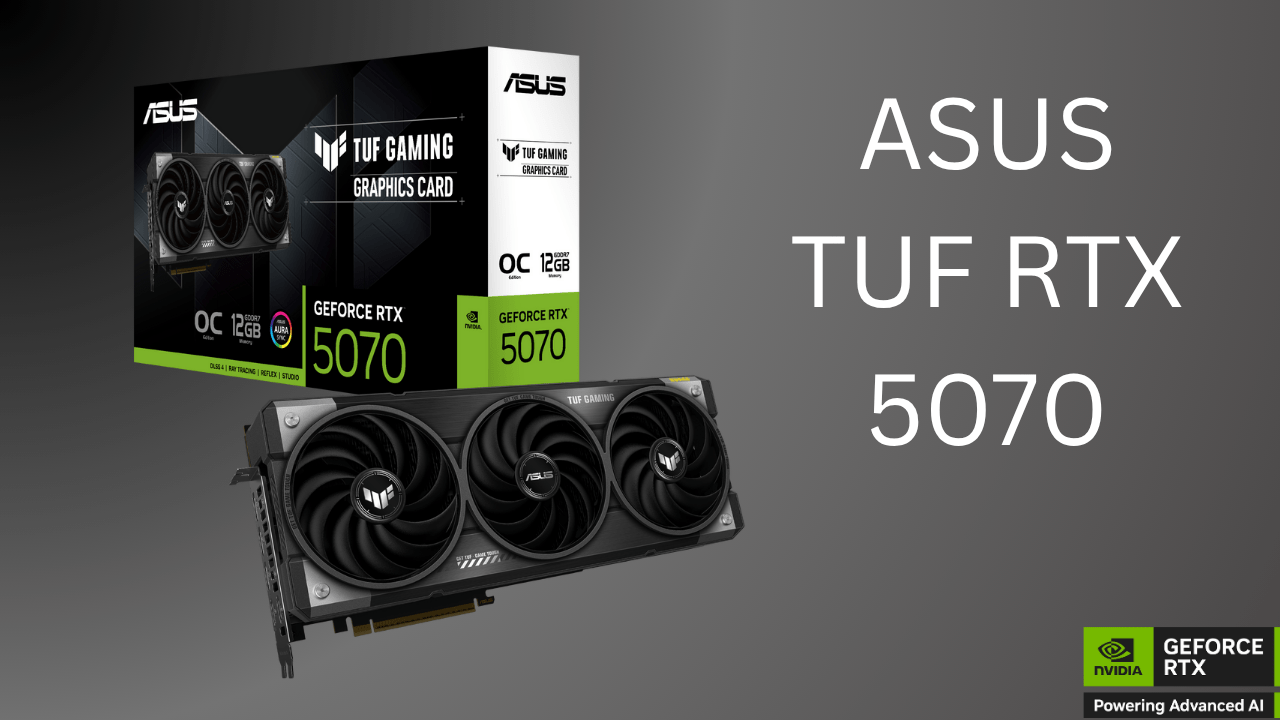NVIDIA’s RTX 5060 Ti 8 GB was meant to be a midrange option for gamers who want reliable 1080p and 1440p performance at an affordable price. Instead, it has sparked disappointment and frustration. From its very first reviews, it became clear that this card is already struggling to keep up with the demands of modern games and may not have a place in the market at all.
The most glaring issue is the 8 GB of VRAM. At a time when many of today’s most demanding titles are designed to utilize much more, the 5060 Ti 8 GB is already running into memory limitations. During testing in popular AAA games like The Last of Us Part II, the card fell short of playable frame rates at higher settings, even at 1080p. In some scenes, textures failed to load properly or caused stuttering, leaving the experience feeling anything but smooth. Even when compared directly to its 16 GB sibling, the difference is dramatic, the higher memory variant often performs 30 to 40 percent better in the same conditions.
At 1440p and beyond, the card’s weaknesses become even harder to ignore. Many recent releases simply demand more than 8 GB of VRAM to deliver consistent performance at higher resolutions. This leaves users forced to lower texture quality and turn off visual effects just to maintain playability. That kind of compromise might have been acceptable years ago, but in 2025 it feels dated and short‑sighted.
This problem isn’t limited to high‑end games or cutting‑edge resolutions. Even at 1080p, some titles expose the card’s limited memory. Stuttering, texture pop‑ins, and occasional crashes have all been reported when pushing the card in newer games at high settings. And while PCIe 4.0 compatibility helps performance slightly, motherboards limited to that standard still see noticeable penalties compared to PCIe 5.0 systems, widening the gap even further.
The pricing does little to help its case. Although NVIDIA set an MSRP of $380 USD for the 8 GB model, street prices often climb higher. Meanwhile, the 16 GB version, priced at $430 on paper, is typically only slightly more expensive in practice. That small difference buys you far greater longevity and peace of mind, making the 8 GB variant feel like poor value in comparison.
The RTX 5060 Ti 8 GB is not without its strengths. It can still handle older and less demanding games well enough, and it maintains the power efficiency and feature set of NVIDIA’s Blackwell architecture. But with so many games already pushing past the limits of 8 GB VRAM, its viability as a future‑proof option is highly questionable.
For gamers building a system today, the choice is clear. Spending a little more for the 16 GB version or exploring other options in the midrange segment makes far more sense. The RTX 5060 Ti 8 GB feels like a product from a different era, a card that simply can’t keep up with the expectations of modern gaming.
NVIDIA has delivered some of the most impressive GPUs in recent years, but this one falls flat. The RTX 5060 Ti 8 GB enters the market already trailing behind and struggling to justify its existence. For most players, it is better to look elsewhere.



